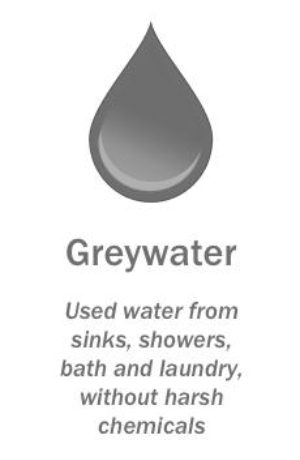Home appliances can vary in efficiency and energy costs and there is perhaps nowhere more evident of this than in the kitchen. When you think about it, the kitchen is sort of like the epicentre of home appliances. There’s ovens and cooktops and dishwashers and microwaves and fridges and freezers, and the list can go on and on. This means that choosing the right appliances for your home can have a significant impact upon your level of electricity usage.

Welcome to…….the Epicentre!
When it comes to choosing a cooktop, be advised that the exposed coil and solid disk elements are often the most inefficient. This is because they heat your pots and pans, but also the air around them, which means they have to expend additional energy. Ceramic glass cooktops work better in this regard because the elements are covered by the glass, which contains the heat (they’re also the easiest to clean). Induction elements are by far and away the most energy efficient. They work by using a strong magnetic field to heat up specially made pots and pans, but also tend to be the most expensive to buy.

An induction cooktop…..mmmm……salmon
Gas cooktops are able to offer instantaneous heat, which means they don’t require additional energy to warm up. Gas cooktops, however, will require a gas connection, which can add more to a build or renovation cost.
Gas ovens, on the other hand, are not as efficient as their cooktop counterparts. This is because gas ovens require more air flow in order to feed oxygen to the gas flames, which means the oven takes longer to heat up; this can also lead to a slightly less even distribution of heat within the oven. Similarly, an electric conventional oven, while it heats up faster than gas, doesn’t distribute its heat evenly, leading to wasted energy. A convection oven uses less energy and uses a fan to spread out the heat uniformly, allowing for multiple items to be cooked at the same time.

Convection for the win! A counter top model
Dishwashers possibly require the most thought out of the big three. This is because they use both electricity and water. Water efficient cycles on a dishwasher can be effective, but if you plan to wash big pots and pans that are heavily greased, then they may not get cleaned completely. You’ll also need a larger dishwasher for such items, but this can lead to half-loads or less, resulting in wasted water and electricity.

So fresh and so clean, clean
Ideally, something that is both water and energy efficient that meets your needs is the most desirable option. There’s no need for a large dishwasher, for example, if you only want to clean plates and cups. A dish drawer could achieve this with far less water and energy usage.
Dish drawers can also be built into joinery more seamlessly, and in some cases, integrate completely into the kitchen design.
Overall, a lot of the energy expended by kitchen appliances is wasted. However, if some thought and planning is put towards assessing your needs and building a knowledge of the different options available, then some of this wastage can be minimised.





No Comments